Welcome to the MEGA65
The MEGA65 is a new personal computer based on the Commodore 65, the unreleased 1991 sequel to the inimitable Commodore 64 and 128 home computers of the 1980’s. I’m so excited about mine, I wrote the MEGA65 Welcome Guide, a supplementary booklet for new owners.
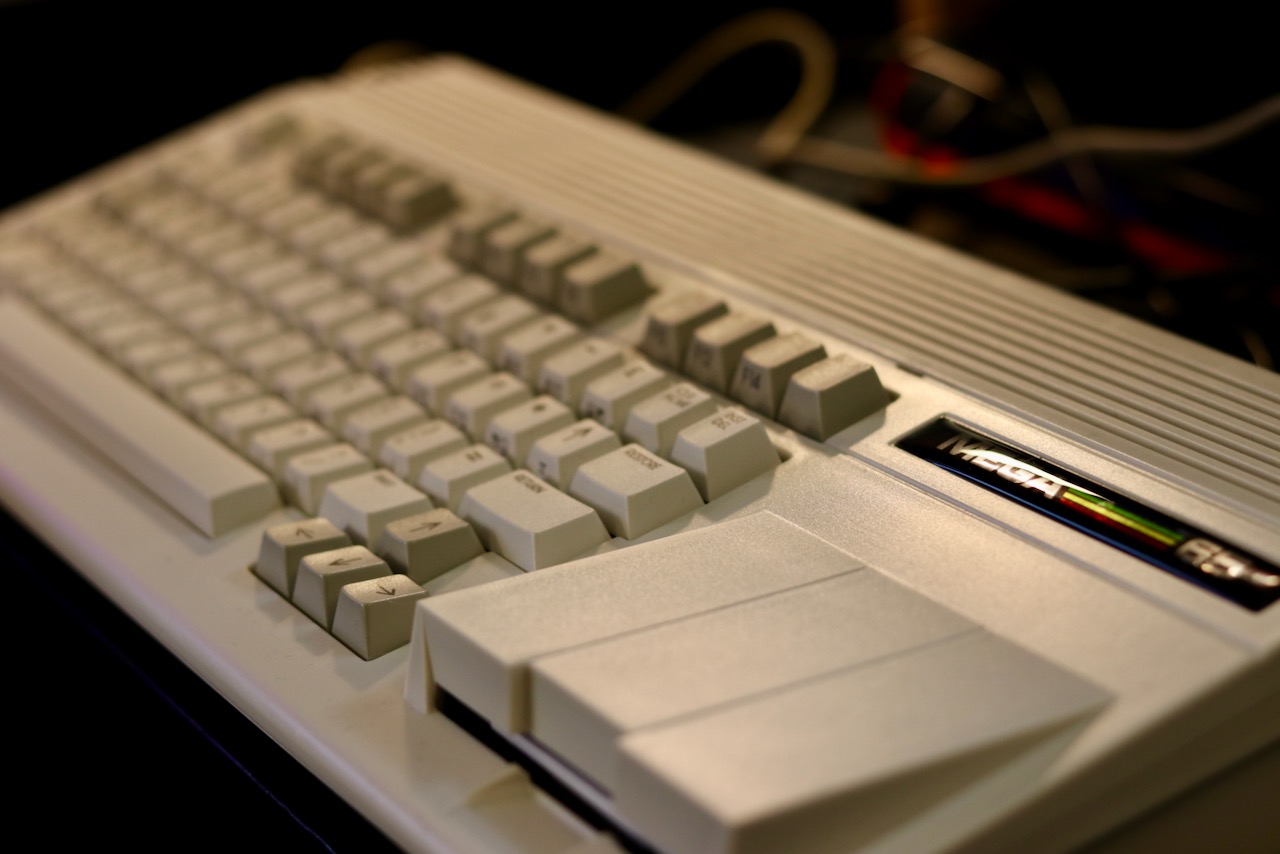
The MEGA65
The MEGA65 is a new personal computer based on the Commodore 65. Commodore Business Machines intended for the C65 to be a continuation of the Commodore 64 and 128, but canceled it just before going to production in 1991. We know as much as we do about the C65 thanks to pre-manufacture prototypes that were liquidated on the open market during Commodore’s bankruptcy, and information and original data collected and preserved by archivists such as Bo Zimmerman.
The Museum of Electronic Games & Art e.V., a non-profit organization consisting of volunteers, has been working to clone and update the C65 since 2015. They shipped the first batch of production units in May 2022. All hardware designs, and all software outside of the original licensed Commodore 65 operating system, are open source.
I have one, and it’s amazing. The MEGA65 is a blend of vintage design and modern technology that captures the physical intimacy of the early era of personal computing, while still including some modern conveniences. It’s a new computer in a vintage style, a platform for recreational computing.
Consider the keyboard: It sports a C128-like layout with PETSCII symbols, RUN/STOP, RESTORE, 14 function keys, and all the weird non-standard choices Commodore made back in the day. The keys are modern Cherry MX switches with new keycaps, in a new injection-molded case.

Consider the disk drive: As was intended for the C65, the MEGA65 has a built-in 3-1/2" floppy drive. Nobody makes these any more. MEGA acquired a stockpile of refurbished ALPS drives for this project. Using real floppy disks gives on-device projects an intimate physicality, and there’s already a published software title for the MEGA65 that comes with a disk in a box.
Most MEGA65 users will use a microSD card for data storage. The SD card can hold D81 disk image files that work just like floppies. You can download new software written by the MEGA65 community from the official MEGA65 file repository and copy it to the SD card with any modern computer. You also use the SD card for firmware and ROM updates.
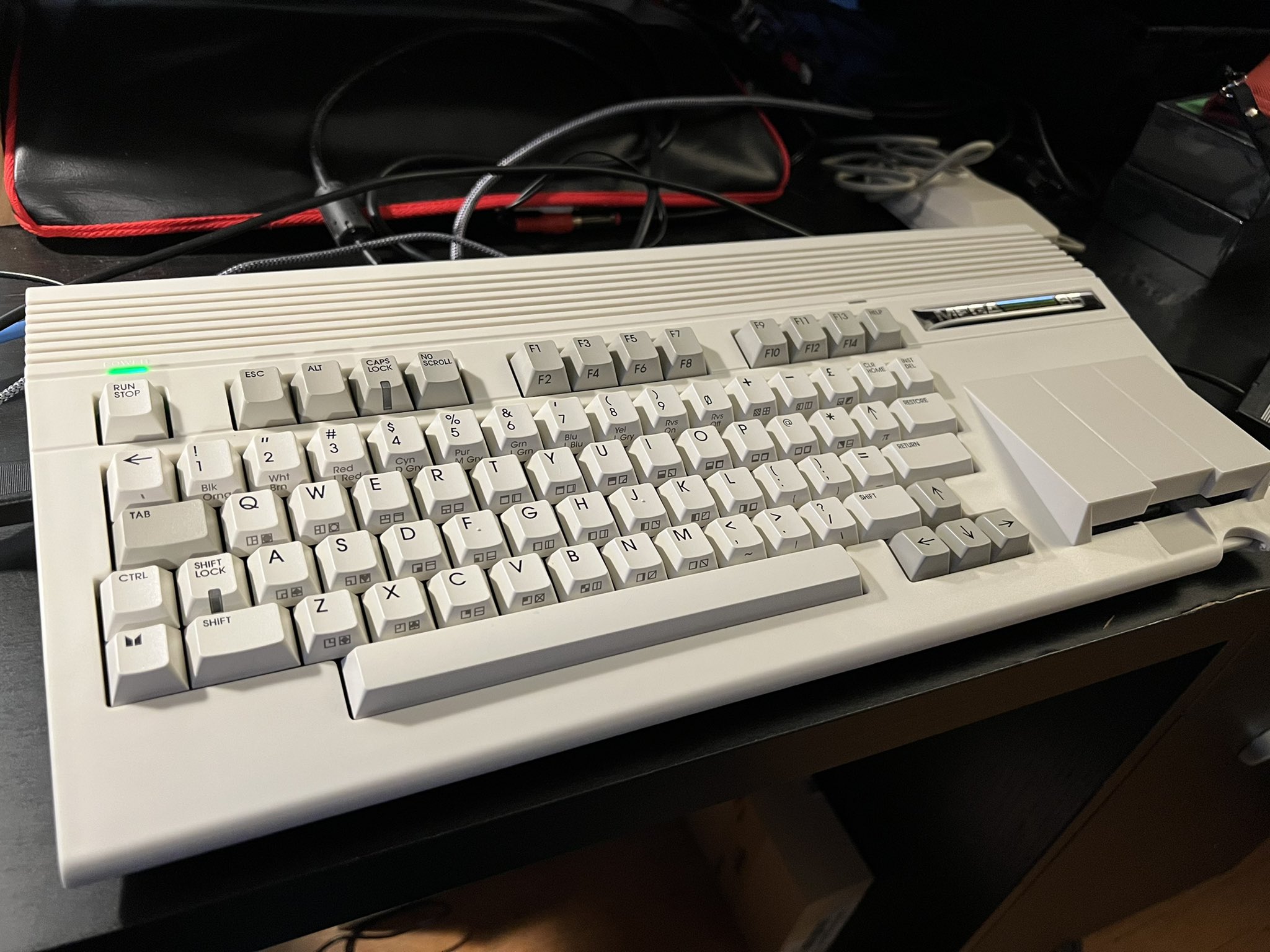
Commodore microcomputers shipped with a physical chip set and no flash memory. The hardware you got, including the operating system on a read-only memory (ROM) chip, was all there was. The MEGA65 is built around a Field-Programmable Gate Array (FPGA), a special kind of chip that can act like any set of chips described by its user-replaceable firmware. The MEGA65 “core” implements the original C65 chipset with several major enhancements, and you can update it with new versions.
The MEGA65 reads its operating system ROM from a file off of the SD card. It is based on the original C65 ROM licensed from the current rights holders. Miraculously, we still have the Commodore original source code. The MEGA65 ROM fixes bugs and implements incomplete features of the actual C65 ROM, and has many new features and ergonomic improvements for BASIC programming.
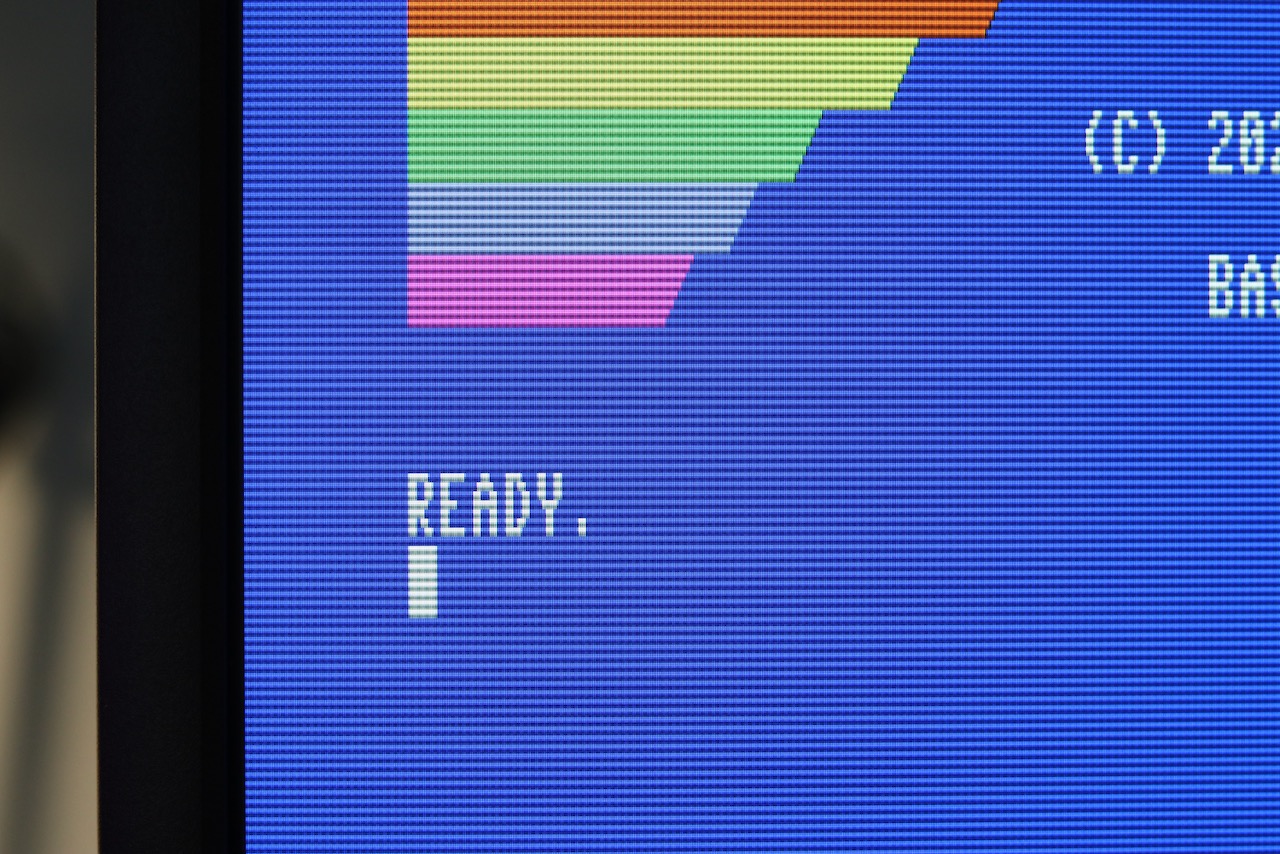
The MEGA65 project made documentation a high priority, and it shows. The unit includes a wire-bound printed User’s Guide with set-up instructions, important technical facts, and a handy reference for the MEGA65’s excellent built-in BASIC. Even with the PDF on my hard drive, I find I reach for the physical book first for every question. Additional official books are in progress and are already an invaluable resource in their current unfinished form. The books are written as an homage to the Commodore 64 Programmer’s Reference Guide, and they’re just as useful.
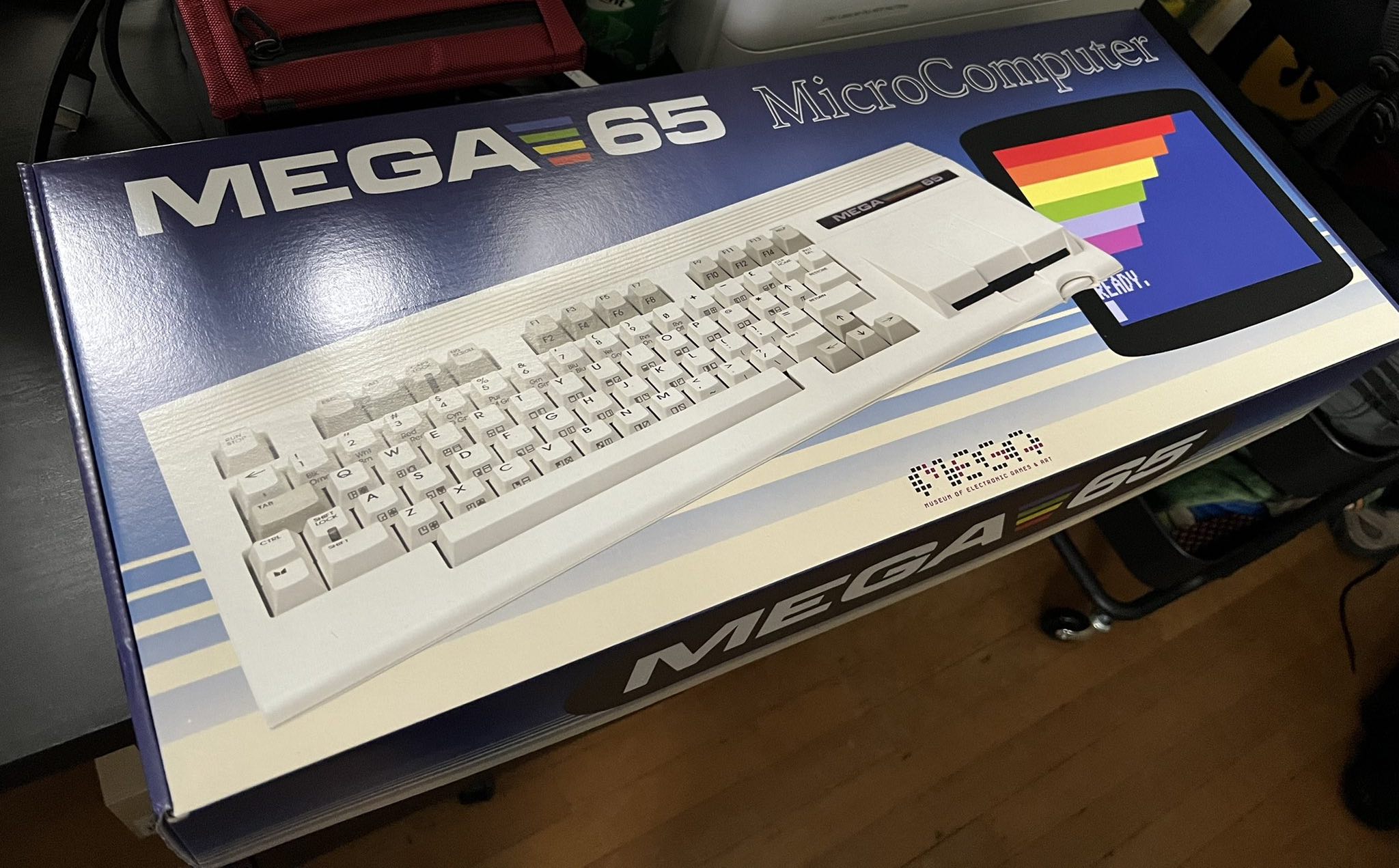
It’s a major achievement. If you’ve ever wanted a new computer that works like personal computers did in the 1980s, or if you just want a self-contained machine that’s easy to understand and experiment with, the MEGA65 exceeds all expectations.
The Welcome Guide
The User’s Guide provides excellent instructions for setting up and using your MEGA65, and the factory-installed firmware that shipped with batch #1 this year makes a good first impression. I found that many owners receiving the first batch of hardware and software were encountering common questions and issues. While the answer to many of those questions is “update to the latest firmware and ROM” and may not be issues at all for future machines, I felt like there was a short-term gap to be filled to help batch #1 recipients smooth out the new user experience.
My MEGA65 Welcome Guide supplements the official documentation with timely information and tutorials. It’s a short-lived living document, intended to go out of date as future production runs include newer software installed at the factory, and as newer versions of the User’s Guide describe the most recently added features.
I think some MEGA65 owners have found the Welcome Guide to be useful even when it repeats stuff in the User’s Guide, just to have it in another form. It is based on the real-world experiences of batch #1 owners, and tries to capture my own experiences and discussions we’ve had in the community Discord. I’ll try to maintain the guide at least until batch #2 has shipped later this year.
Can MEGA65 run Commodore 64 software?
Quite a few people are interested in the MEGA65 as a new computer that can act like an old one for the purposes of running vintage software. There are no vintage Commoodore 65 software titles. So how well does it fare with Commodore 64 titles?
The MEGA65 boots into “MEGA65 mode,” the full experience with the modern BASIC and the ability to run programs that take full advantage of the enhanced hardware. BASIC 65 is a descendant of the Commodore BASICs: the Commodore 64 ran BASIC 2, the C128 ran BASIC 7, and the prototype C65 called its version BASIC 10. They can all run a common subset of BASIC programs—but that’s not what most people mean when they ask about backwards compatibility.
Like the Commodore 128, the MEGA65 can switch to “C64 mode,” Commodore 64 functionality built directly into the machine. You type GO64 at the READY. prompt, and you see the familiar blue bordered screen. Both modes share the first 64 kB of memory, with some layout differences for the C64 ROM. MEGA65’s C64 mode can run a substantial subset of Commodore 64 programs. Unlike the C128, the MEGA65 does not have a CPU that fully implements the quirks of the C64’s 6510 processor, so any software that relies on those quirks may not work as intended. The Commoodore 65 would have had the same issues, had it been released in 1991.
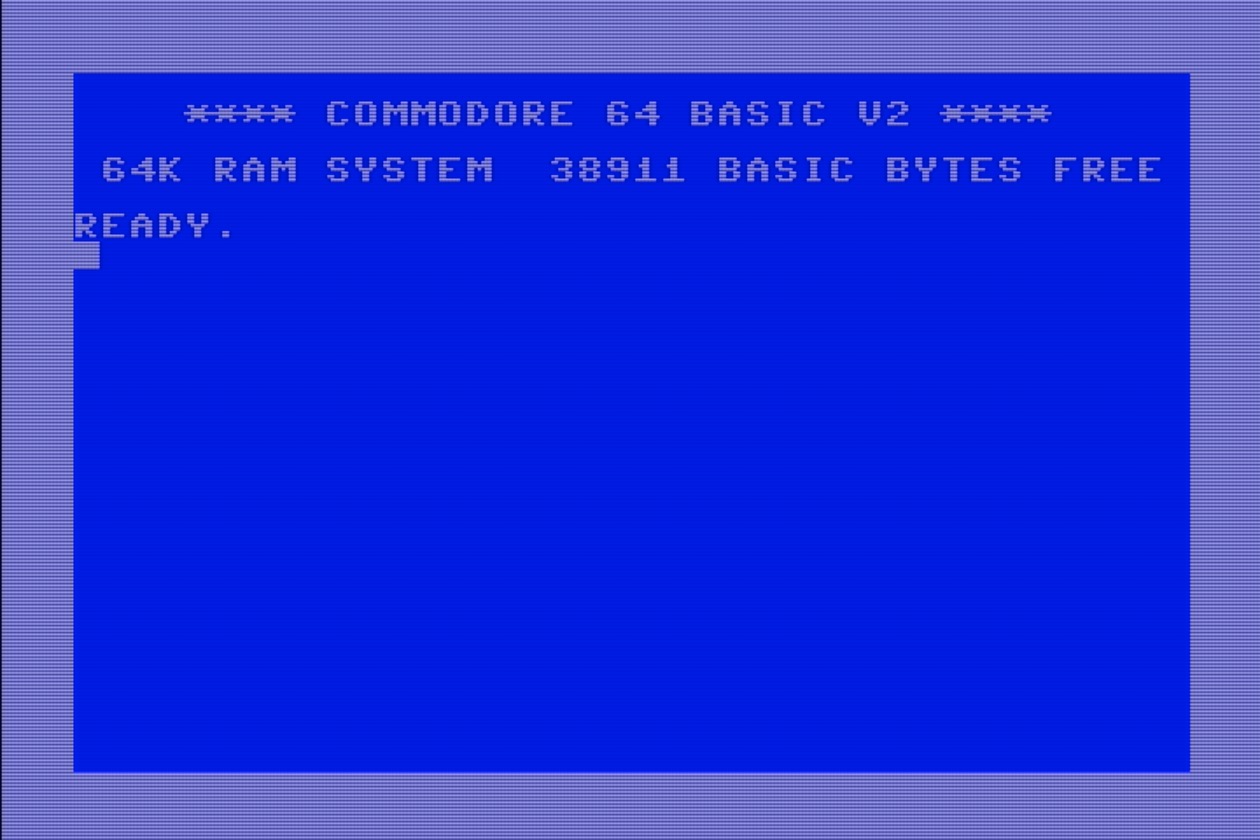
I mentioned that the MEGA65 was based on an FPGA, a chip that can be programmed to behave like any other set of chips. In fact, you can swap out the MEGA65 core with a completely different core that implements a full Commodore 64, with all of its quirks. “Commodore 64 for MEGA65” currently supports the PAL video mode, a virtual C1541 disk drive that can read D64 disk images off of the SD card, and the joystick ports. It gets closer to full C64 compatibility, if you’re willing to switch out all of the MEGA65 features.
Overall, the answer most people are looking for is “no,” or at least “not yet:” the MEGA65 is not a complete recreation of a Commodore 64 and does not run all C64 software. The C64 mode in the MEGA65 core and ROM never will, its compatibility constrained by the CPU. The C64 core has potential, and hopefully will continue to see improvements in hardware integration, video timing modes, and compatibility. I am personally hoping that the MEGA65 can evolve into a multi-layered platform for emulating all of the computers in the Commodore line, like a MiSTer FPGA in a newly minted keyboard case, with the MEGA65 core on top.
But it’s expensive, yeah?
You can preorder a MEGA65 from batch #2 (due to ship this year) for €666.66 ($699.97 USD), not including substantial shipping costs from Germany and VAT if that applies to your country. The total cost to me in the US is $815 USD.
I won’t try to convince you that it’s worth $815 to you. You have to decide that on your own. From a labor-and-materials perspective, the price is entirely reasonable for the quality, feature set, and state of the electronics supply chain. I’m not even sure manufacturing at a larger scale would bring the costs down, if there were demand.
From a personal value perspective, the MEGA65 wholly succeeds in providing a vintage all-in-one personal computing experience. That means a tremendous amount to vintage computer enthusiasts, and won’t disappoint. A community is emerging around the MEGA65, as people who pre-ordered receive their machines, likely to total nearly 2,400 users (including 1,000 pre-production developer kits that were sold last year) by the end of 2022.
If you want in on the fun but can’t afford the full thing, another option is the NEXYS A7 FPGA trainer board, for $299 USD. The NEXYS A7 uses the same FPGA center as the MEGA65, has similar inputs and outputs, and is capable of running the MEGA65 core. You miss out on the vintage keyboard and will have to settle for a modern one, and there’s no floppy drive. Or a case, for that matter. It’s a nerdy way to go, but you get a full-speed mostly-compatible experience in a standalone device.
Want it for free? The Xemu MEGA65 emulator for Windows, Mac, or Linux gets you most of the way there. Xemu is frequently used by MEGA65 software developers for writing MEGA65 software on a PC, so in practice it’ll be compatible with software. (This is not to be confused with the Xemu Xbox emulator. If you see the word “Xbox,” you’ve gone too far.)
Other vintage computing experiences
Depending on what line item in the bill of sale captures your interest, you might enjoy one of many non-MEGA65 computing experiences, many available at lower costs.
The Raspberry Pi 400, available at Adafruit for $100, isn’t vintage, but it’s an all-in-one “wedge”-like computer. I can’t say I’ve ever found Linux software or culture as cozy as a Commodore, but I can totally see making an RP400 your entire world and having a good time. A tech-inclined kid with no nostalgia for older machines would love this. And it can run the Xemu MEGA65 emulator as well.
TheC64 is a toy-like recreation of a Commodore 64 with a keyboard and USB drive support, though it’s hard to find right now (and the “mini” version lacks a functioning keyboard). If anyone reports a retro-cozy experience working with one, I’ll believe them, though most retro enthusiasts consider them to be not much more than the free VICE emulator on a Rasperrby Pi 400 in a C64-shaped box.
Actual vintage Commodore computers are still widely available. Secondary market prices are rising: it may cost you a few hundred dollars to get a Commodore 64 and disk drive in working condition. That’s still cheaper than the MEGA65, and real machines fare quite a bit better at running vintage Commodore 64 software, if that’s your aim. Many thousands of people still have them, love them, and write new software for them, and you can download PDF scans of hundreds of books on how to use them.
The biggest downside of vintage computer ownership is the potential for hardware failure. These machines were built to last 5-10 years, and that was forty (40) years ago. We only have as many working Commodore 64s as we do today because they made 11 million of them originally. Many owners need to be willing to do some electronic troubleshooting and repair, or know someone who is. That’s why retro enthusiasts are keen on any modern project that produces workalike machines and parts. By combining multiple such projects, you can almost build a Commodore 64 using all-new parts.
What’s next?
I already have several MEGA65 projects in the works, and I’ll try to continue writing about them here. I’m staying active in the MEGA65 community; I’m dddaaannn if you see me around. I have even contributed a feature to the ROM, which still kind of blows my mind.
Follow this site in your RSS news reader, or follow me on Twitter for updates!